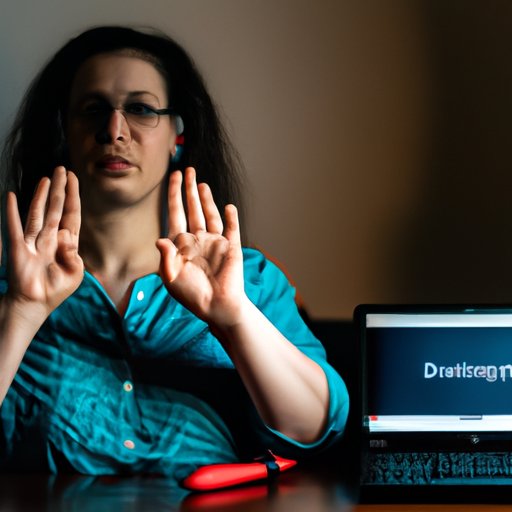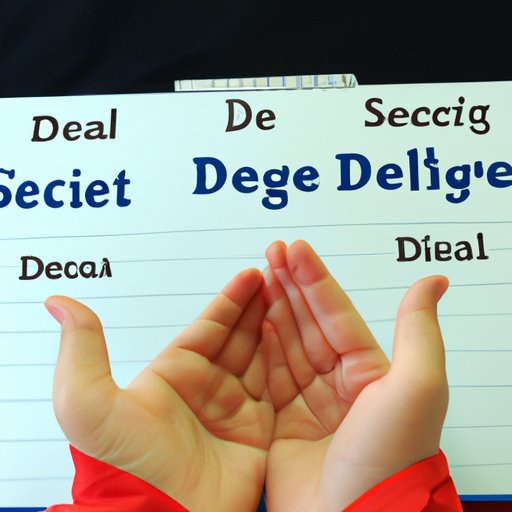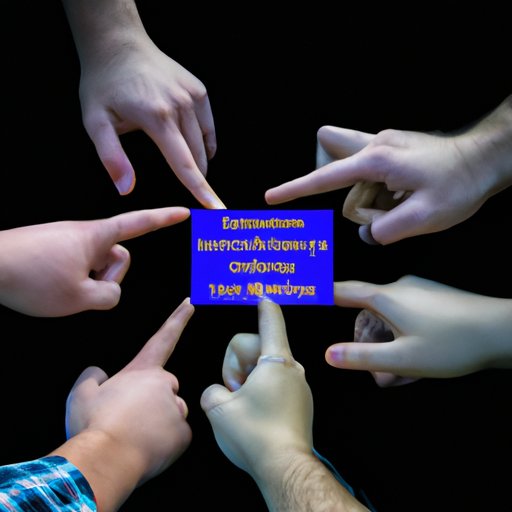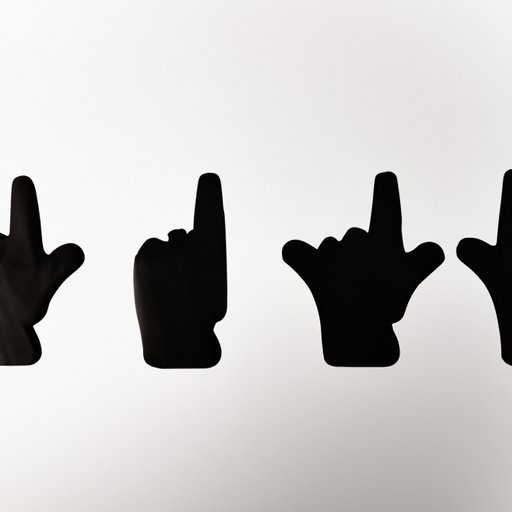Introduction
Deaf culture is an important part of many people’s lives, and it is essential to understand what it is and how it has come to be. Deaf culture is a term used to describe the shared experiences, values, and beliefs of those who are deaf or hard of hearing, as well as their families, friends, and allies. It is a unique way of life with its own language, art, music, and technology.
A History of Deaf Culture: How It Came To Be
The history of Deaf culture can be traced back to pre-modern times, when sign language was widely used as a means of communication among the deaf and hard of hearing. In the early 19th century, sign language was seen as a threat to the hearing world, and efforts were made to suppress it. This led to the emergence of modern Deaf culture in the mid-19th century, with the establishment of the first school for the Deaf in 1817 and the founding of the National Association of the Deaf in 1880.
Exploring the Values and Beliefs of Deaf Culture
Sign language is central to Deaf culture and serves as a primary means of communication. American Sign Language (ASL) is the most commonly used form of sign language in the United States, and it is estimated that there are more than 500,000 users of ASL in the country. Sign language is not only used to communicate with other members of the Deaf community, but it is also used to express emotion and to engage in cultural activities.
Community plays an important role in Deaf culture. Deaf people often gather in social settings, such as Deaf clubs, to share stories, play games, and engage in other activities. Respect for Deaf elders is also a key value in Deaf culture, with older generations passing down knowledge and wisdom to younger generations.
Exploring the Language, Art, and Music of Deaf Culture
Language plays a major role in Deaf culture, with sign language serving as a primary means of communication. The use of sign language allows Deaf people to express themselves in ways that are not possible with spoken language. Sign language is also used in visual art and music, with Deaf artists using it to create works of art that reflect the Deaf experience.
Visual art is another important aspect of Deaf culture. Deaf artists use various forms of media to create works of art that represent the Deaf experience. These works of art often feature themes such as identity, family, and the beauty of sign language.
Music is also an important part of Deaf culture, with Deaf musicians creating music that uses sign language. These musical performances often incorporate elements of traditional Deaf culture, such as storytelling, humor, and poetry.

The Impact of Technology on Deaf Culture
Technology has had a major impact on Deaf culture, with digital communication tools such as texting, video chat, and social media making it easier for Deaf people to connect with each other and engage in conversations. Technology has also made it easier for Deaf people to access information, with websites and apps providing educational materials, news, and entertainment in accessible formats.
Examining the Challenges Faced by Deaf People in Society
Deaf people often face discrimination in society, with many employers being unwilling to hire them due to the perception that they are less capable. This can lead to limited employment opportunities for Deaf people and make it difficult to access services and support. Deaf people may also struggle to access resources due to a lack of awareness and understanding of their needs.

The Role of Education in Deaf Culture
Education is critical to Deaf culture, as it is essential for Deaf children to learn sign language and gain an understanding of Deaf culture in order to develop a strong sense of identity. Inclusive educational practices, such as bilingual instruction, can help Deaf students succeed in school. Accessible learning materials, such as textbooks in sign language, can also help Deaf students access the same educational opportunities as their hearing peers.

Exploring the Role of Deaf Organizations and Advocacy Groups
Deaf organizations and advocacy groups play an important role in Deaf culture, providing support networks for Deaf people and advocating for their rights. These organizations often work to raise awareness about issues affecting Deaf people and strive to ensure that Deaf people have access to the same opportunities as their hearing peers.
Conclusion
Deaf culture is a rich and vibrant community, with its own language, art, music, technology, and values. Deaf culture has a long and complex history, and it is important to understand the challenges faced by the Deaf community in order to create a more inclusive and accessible society. Deaf organizations and advocacy groups play an important role in supporting Deaf people and advocating for their rights, and education is essential for Deaf children to develop a strong sense of identity and access the same opportunities as their hearing peers.
(Note: Is this article not meeting your expectations? Do you have knowledge or insights to share? Unlock new opportunities and expand your reach by joining our authors team. Click Registration to join us and share your expertise with our readers.)
